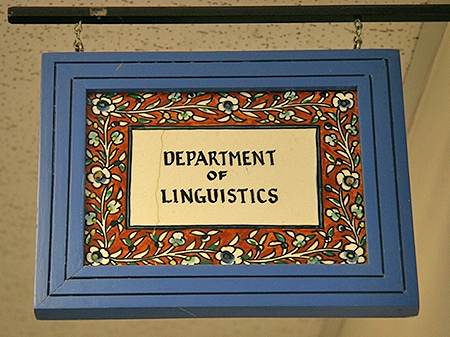
Linguistics ETDs
Publication Date
Summer 7-15-2024
Abstract
The articulation of the tongue back in bilabial and velar obstruents in American English (AE) and Seoul Korean (SK) was examined using ultrasound, and the findings are discussed in terms of phonetic and phonological theories. AE voiced and SK aspirated and fortis bilabial obstruents were articulated with longer, larger, and more frequent tongue back displacement than voiceless and lenis ones. Speakers produced AE voiced and SK aspirated and fortis velar obstruents with longer and larger tongue back displacement than voiceless and lenis ones. These obstruents were further contrasted in relation to the timing of laryngeal actions. The finding that lingual and laryngeal articulation for the vowel showed larger temporal overlap for voiced and fortis and less overlap for voiceless and aspirated obstruents implies that speakers execute additional control for clear consonantal contrast. Altogether, tongue back should be considered an important articulator contributing to consonantal contrasts in AE and SK.
Language
English
Keywords
dynamic ultrasound tongue imaging, tongue back, American English, Seoul Korean, bilabial tongue constriction, Articulatory Phonology
Document Type
Dissertation
Degree Name
Linguistics
Level of Degree
Doctoral
Department Name
Department of Linguistics
First Committee Member (Chair)
Caroline L. Smith
Second Committee Member
Jill P. Morford
Third Committee Member
Benjamin V. Tucker
Fourth Committee Member
Amy T. Neel
Recommended Citation
Kim, Daejin. "Articulation of the tongue back in American English and Seoul Korean." (2024). https://digitalrepository.unm.edu/ling_etds/85
